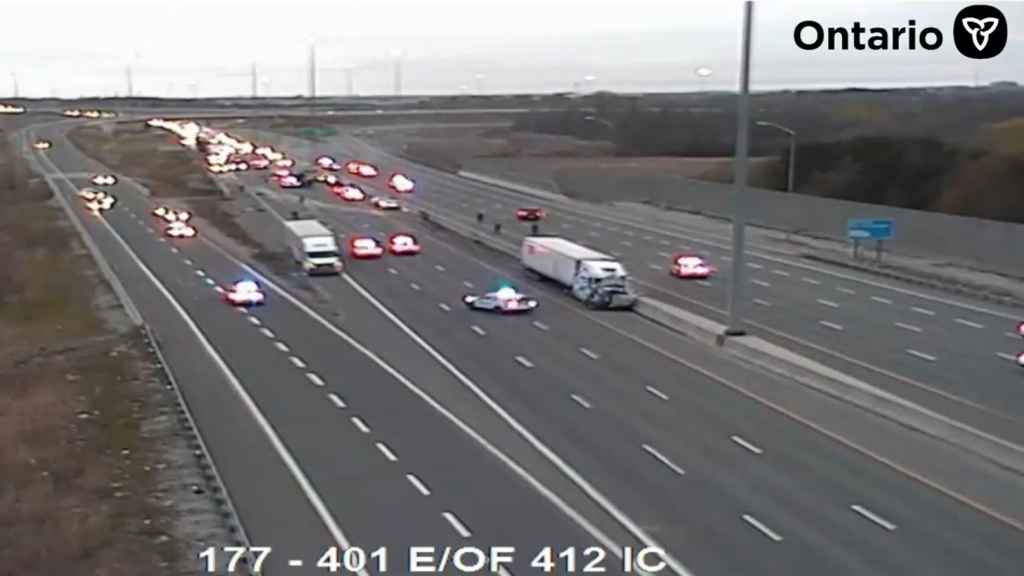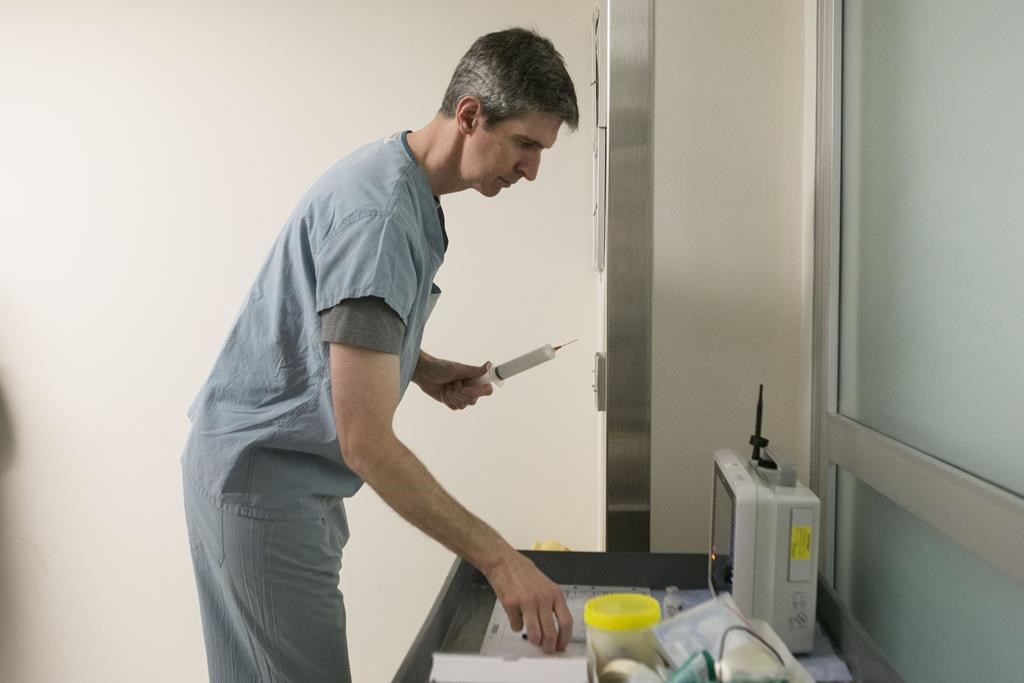Where is our humanity?: Advocates call for more access to warming centres
Posted December 22, 2022 8:59 pm.
Last Updated December 23, 2022 12:09 pm.
Despite a winter storm rolling into the GTA with a trifecta of rain, snow and damaging winds in the forecast, warming centres for Toronto’s unhoused population almost did not open Thursday night.
Currently, warming centres are activated if temperatures fall below -15 C without wind chill or -20 with wind chill — the point at which an Extreme Cold Weather Alert (ECWA) is issued. Toronto Public Health adds “there may be other times when warming centres are activated. Colder nighttime temperatures, forecasted wind chill values, and inclement weather alerts are factors that may lead the city to open one or more warming centre outside of a declared ECWA.”
Advocates began calling for warming centres to open as early as Monday, with the city announcing Thursday morning that warming centres would open Friday night.
“That means that people will have been outside for over 24 hours in the rain, in the cold. People will have been freezing for a day before there’s any options of an indoor warming space,” said Lorraine Lam from Shelter and Housing Justice Network.
By Thursday afternoon the Toronto Board of Health said they had expressed their concerns to city staff and asked that options for warming centres be made available immediately. In an eleventh hour decision, the city’s three warming centres were opened at 7 p.m.
Advocates have long been stressing the importance of opening warming centres well before conditions become critical and having them open more often, if not 24/7 during the winter months.
“In reality, the best studies have shown that -5 C is a better threshold, especially in a place like Canada. And that beyond that, people start to have real severe risk of losing fingers, toes, limbs — as some people did last year. There were at least five people found frozen to death in Toronto last year,” said Douglas Johnson Hatlem from Sanctuary Toronto.
The Toronto Board of Health said Thursday that when they meet in January they “will be requesting a review of the City’s extreme cold weather alert policy and ways to move forward that can provide better protection for people who are experiencing housing insecurity and homelessness.”
Along with fellow Board of Health members @ausmalik and @gordperks, I’m calling for warming centres to open tonight, and for a review of Toronto’s extreme cold weather alert policy.
With tonight’s anticipated storm, we need to protect people who need shelter in our city. pic.twitter.com/h74gQYr5Ha
— Alejandra Bravo (@BravoDavenport) December 22, 2022
When CityNews asked the City of Toronto why warming centres are opened only once an ECWA is called, they did not provide an answer regarding that specific threshold, but said that exceptions are made based on weather conditions.
“I think the city pinches pennies when it shouldn’t be. It doesn’t pinch pennies when it comes to keeping people’s property taxes low. It doesn’t pinch pennies when it comes to restoring the Gardiner. It doesn’t pinch pennies when it comes to the policing budget. This city has the money and it shouldn’t be pinching pennies that can affect people’s health so severely,” said Johnson Hatlem.
Lam added that there is also very little communication or notice as to when warming centres might be made available.
“What usually happens for workers in this sector is we get a memo the day-of to say whether there is a warming center open or not,” she said.
“We want to try to be preventative around all this, we want to try to give people options prior to the crisis point.”
In addition, Lam is concerned about the small number of spaces available across the three warming centres — 17 spaces at Scarborough Civic Centre, 45 spaces at Metro Hall, and 50 spaces at Mitchell Field Community Centre.
“What happens to everybody else who’s needing a warming spot?” she asked.
“And it’s not just unhoused people — there are many people who live in the city whose places don’t have heat. So a lot of people actually require these warm spaces.”
CityNews asked the city if there is a plan for those who cannot be accommodated in warming centres but did not get a clear answer.
Dr. Naheed Dosani, a palliative care physician who provides healthcare for those experiencing homelessness said the people he serves are scared and frustrated.
“People are really struggling to understand why policy makers and the City of Toronto is orchestrating a campaign against them during a time when people experiencing homelessness are so much more at risk,” he said.
“One would think that this would be a time of year when we would have more compassion and more humanity for those experiencing homelessness and poverty. Where is our humanity?”
He added that with the shelter system at capacity, encampments being cleared and COVID hotel shelter programs ending, many simply have nowhere left to turn.
“Where are people experiencing homelessness to go? … and then there’s no warming centers available on top of that. That’s just not okay. Unhoused people in our community deserve so much better,” he said
Dosani said the yearly scramble to protect the city’s most vulnerable is as predictable as it is unnecessary.
“Why is it that every year advocates have to be speaking out to ensure warming centers are open? We go through the same cycle — freezing temperatures, weather alerts, headlines saying unhoused people are at risk — and then advocates fighting for enough warming centers to open,” he said. “I wish we could just skip the routine and open the warming centers.”
“Winter isn’t a surprise. We see this every year and yet every year we have the same conversations,” echoed Lam.
“Every year we see freezing deaths and hypothermia and frostbite. I just don’t know how many people have to die and how many injuries have to happen before the city starts to take this more seriously.”










